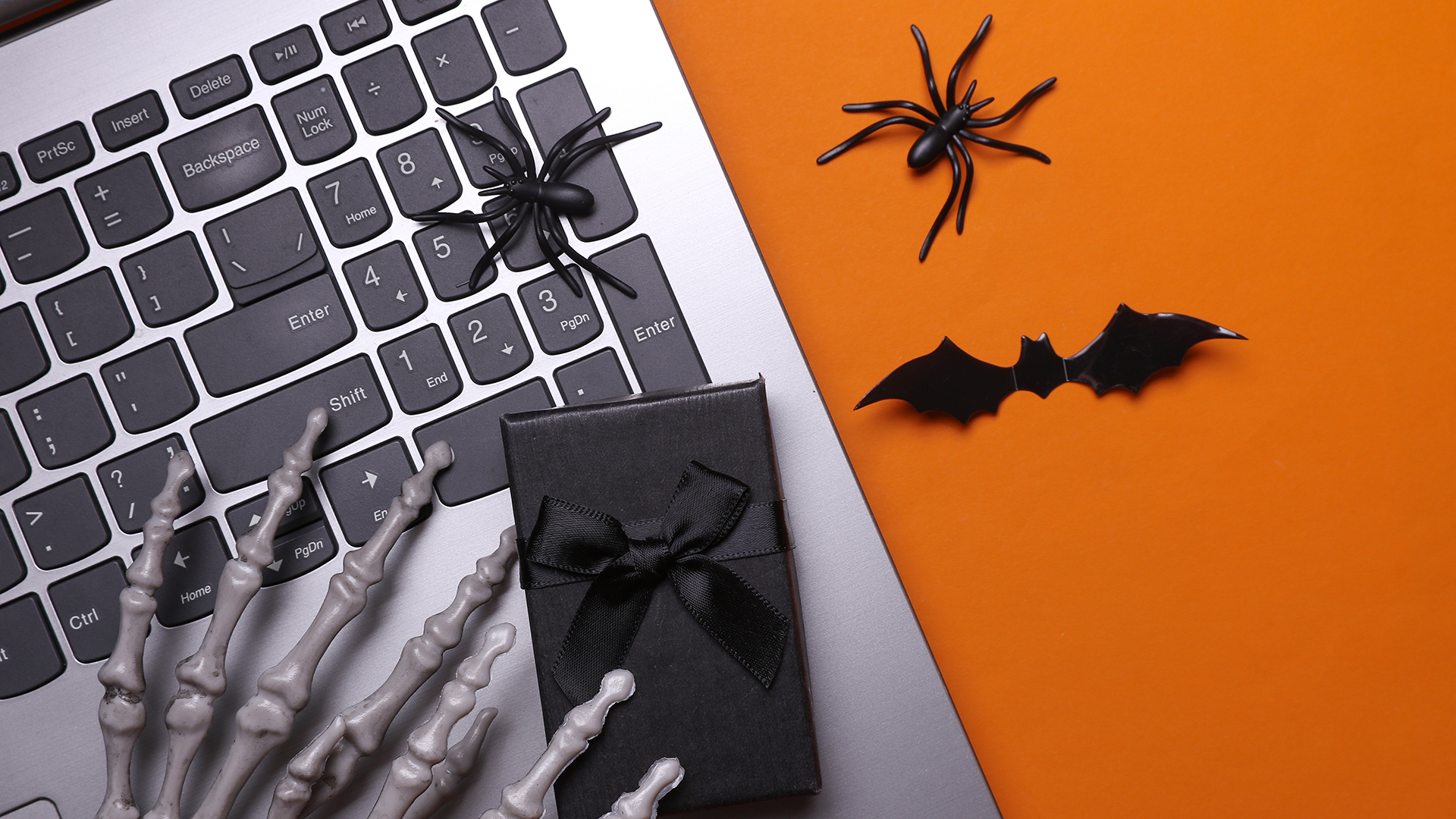
Beyond the Candy Aisle: How to Conjure a World-Class Halloween Marketing Campaign
Halloween has evolved far beyond its ancient European roots, transforming into a global phenomenon and a crucial commercial window for businesses. In recent years, Halloween has evolved into a major retail event, especially in the UK and US, with UK consumer spending tripling since 2013 to reach £776 million in 2024.
For marketers based in Europe and targeting English speakers, this holiday offers a fantastic opportunity to inject fun, creativity, and a valuable revenue boost before the major festive rush.
However, be sensitive with your Halloween promotions, and time it right to avoid backlash.
In this article, we’re exploring Halloween and how you can use this holiday to boost post-summer profits and see a spike in sales before Christmas.
When Did Halloween Become a Marketing Event?
While the ancient traditions of Samhain and All Hallows’ Eve originate in Europe, the commercial momentum we see today was largely fuelled by 20th-century American consumer culture. However, the commercial elements have since been enthusiastically adopted worldwide.
The biggest shift came with the normalisation of “trick-or-treating”. This practice created a massive, predictable demand for small, individually-wrapped sweets. Global confectionery giants seized this chance, making special packaging and product sizes a seasonal staple and establishing the holiday’s commercial foundation.
The move from homemade costumes to mass-market outfits marked another turning point. Marketers quickly understood that linking a costume to a current pop-culture trend—be it a film, a TV show, or a cultural moment—could generate massive, fast-moving sales, a trend that continues globally today.
Today, Halloween strategically acts as a “mini-holiday season” in October, providing an ideal opportunity to test messaging, warm up audiences, and capture incremental revenue before the intensity of Black Friday and the Christmas period begins.
What Types of Businesses Benefit Most?
Any business can participate, but the key is to connect the spirit of the holiday to your offering and ensure that your customers will resonate with the message.
The easiest sectors to connect with Halloween promotions are of course food retailers, particularly confectionery, to fit into the trick or treating and Halloween party trends. Retail and fashion brands can jump onto the bandwagon as well with costumes, party wear and home decorations to dress your home for the spooky season.
Bars, restaurants, hotels and theme parks are also well placed for holding special Halloween parties, promotions and special offers, as well as themed food and drink items. Halloween has become a major revenue driver for theme parks, transforming what was once a shoulder season into a peak period packed with opportunity.
However, it is important to handle Halloween promotions with care and ensure that you’re still being sensitive, culturally aware and appropriate for your business type. Avoid trying Halloween promotions if you deal with serious or sensitive matters, as it won’t fit with your messaging and can cause a backlash.
The Best Marketing Ideas for Maximising Business During Halloween
A successful Halloween campaign leverages the holiday’s spirit—fun, fear, and theatricality—to drive customer engagement and purchases.
Experience-First Promotions – Create an engaging experience that generates buzz and user-generated content. For example, hosting an immersive, themed event such as a “Haunted Tasting” at a local restaurant, a spooky tour or a themed menu for the week of Halloween.
“Limited-Time Only” Products – Introduce a specific product or service with a spooky twist and a firm deadline. This creates necessary scarcity and urgency. A special edition Pumpkin Spice item, a “Midnight Sale” for a 48-hour period, or a themed ‘horror’ playlist/bundle for a digital service.
Embrace the “Fright and Delight” – Campaigns that balance light-hearted fun with a touch of the macabre are highly shareable. Avoid overly intense horror unless your brand is specifically in that category. IKEA’s “Monsters Not Included” campaign, which humorously addressed the common fear of monsters under the bed while promoting their furniture for a safe space, was incredibly successful.
Cross-Channel Consistency – Use the same key creative, font, and messaging across all touchpoints, from your website banner and email signature to your social media visuals.
Plan all activities in good time and think about your timing. If you have a Halloween branded product, you can use this throughout the month of October, but if it’s themed menus or special experiences, you may only get really good take-up for a week or two maximum. Work out your budget carefully and ensure that your spend isn’t too high, to allow for ROI on the promotion.
Global Case Studies of Successful Halloween Marketing Campaigns
Halloween isn’t just for costumes and candy anymore—it’s a golden opportunity for brands to unleash their creativity and connect with audiences in unforgettable ways. Some campaigns have become legendary, not just for their cleverness but for the cultural buzz they generated.
Heinz got it right with a classic, simple campaign that saw the brand re-label its iconic red ketchup as “Tomato Blood.” This effortless re-packaging turned a standard product into a seasonal necessity for costumes and food fun, proving that small changes can yield huge impact.
Halloween can be social media gold. Take Target, for example. A simple TikTok post featuring “Lewis the Pumpkin Ghoul”—a quirky animatronic decoration—unexpectedly went viral. The character’s goofy charm and catchphrase (“I’m not a jack-o’-lantern, I’m Lewis!”) turned him into a cult icon, driving massive sales and social engagement. It’s a masterclass in how organic content can fuel brand love.
Burger King took a cheeky swipe at its rival with the “Scary Clown Night” campaign. On Halloween, anyone dressed as a clown could score a free Whopper. The stunt cleverly played off the creepy clown trope while poking fun at McDonald’s mascot Ronald McDonald. It was bold, funny, and perfectly timed—earning Burger King viral attention and a reputation for fearless marketing.
Then there’s Airbnb, which went full Dracula by offering a one-night stay in Bran Castle, Romania—the legendary home of Vlad the Impaler. The campaign was immersive, eerie, and wildly shareable, proving that experiential marketing can be both spine-tingling and spectacular.
Theme parks around the world are embracing Halloween as a core part of their business strategy, and the results are spine-tinglingly good. According to industry reports, Halloween-themed attractions—like haunted houses, scare zones, immersive soundscapes, and seasonal food and merchandise—have significantly boosted attendance and profits.
Universal Studios, for example, has turned its Halloween Horror Nights into a blockbuster event that adds what Forbes calls “a thirteenth month of revenue” to its calendar. These after-hours experiences attract horror fans in droves, often selling out and generating millions in ticket sales, merchandise, and themed food and beverage.
Disney, Universal, and Six Flags are all competing fiercely in what’s now dubbed the “Scream Economy,” a $12 billion seasonal industry. Each park is upping the ante with high-budget experiences, celebrity tie-ins, and exclusive Halloween content.
In the UK, parks like Alton Towers and Thorpe Park have seen October become nearly as profitable as the summer months. Their Halloween events—often running from late September through early November—extend the operating season and attract thrill-seekers looking for something beyond the usual rollercoaster ride.
Even smaller venues are cashing in. By adding haunted mazes, pumpkin patches, and spooky decor, they’re drawing larger crowds and engaging both families and adult audiences. Halloween is no longer just a holiday—it’s a growth strategy.
Halloween is a time for brands to show personality and connect with customers on an emotional, fun level. By focusing on creative storytelling, digital engagement, and—crucially—maintaining a high degree of cultural sensitivity, you can ensure your campaign delivers treats, not tricks, for your business.


